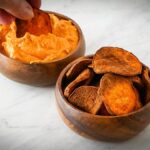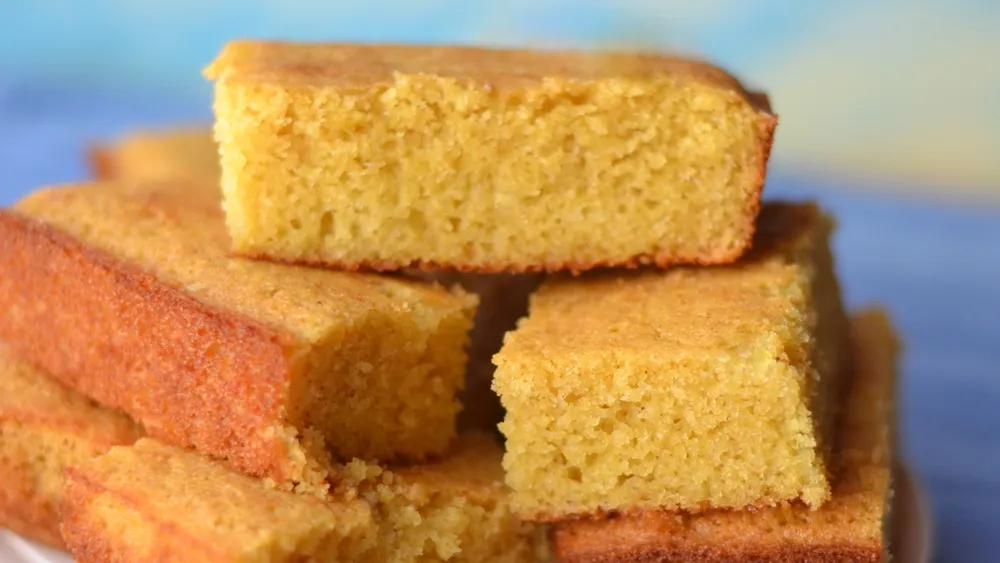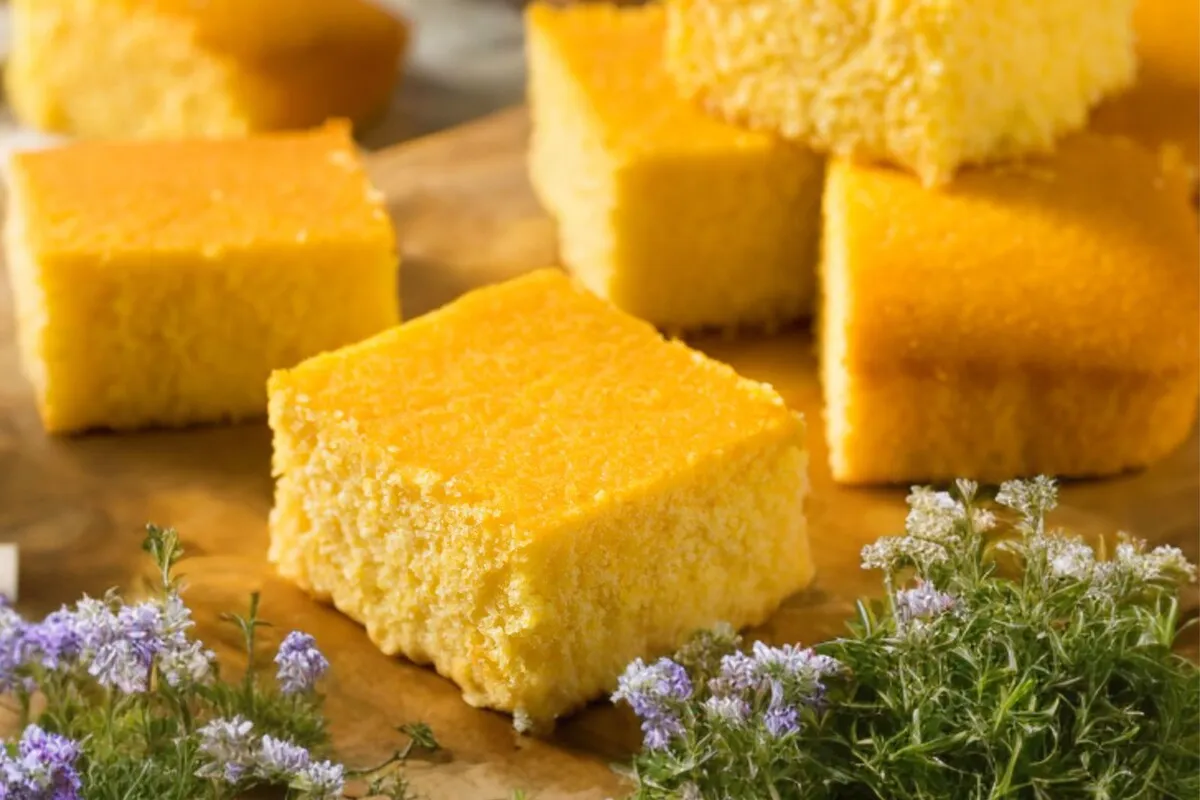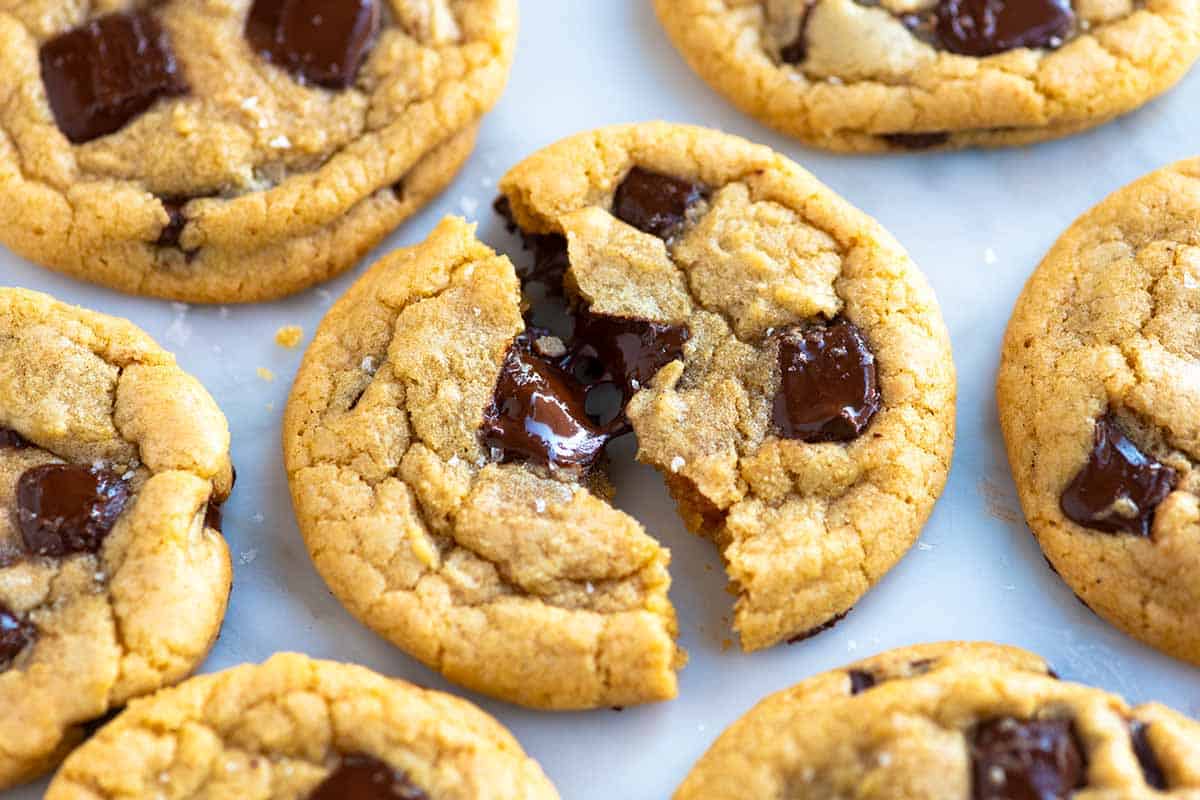Introduction to Eggless Cornbread
Eggless cornbread, while perhaps unconventional to some, opens the door to a world of culinary possibilities. Whether you’re exploring dietary restrictions, seeking a healthier alternative, or simply experimenting with new flavors, this recipe offers a delicious twist on a beloved classic. By omitting eggs, we embark on a journey of creativity, discovering innovative ways to achieve the perfect balance of texture, moisture, and flavor.
In traditional cornbread recipes, eggs play a crucial role in binding the ingredients together and providing structure. However, with the right substitutions and techniques, we can create an equally satisfying cornbread without them. This article will guide you through the process of making eggless cornbread, exploring various ingredients, methods, and tips to ensure success in your baking endeavors.
Understanding Egg Substitutes
To successfully create eggless cornbread, it’s essential to understand the function of eggs in baking and explore suitable substitutes. Eggs serve as both a binder and a leavening agent, contributing to the overall structure and texture of the final product. When omitted, we must rely on alternative ingredients to achieve similar results.
Common egg substitutes in baking include flaxseed meal, chia seeds, applesauce, mashed banana, yogurt, and commercial egg replacers. These ingredients offer binding properties and moisture, helping to hold the cornbread together while adding depth of flavor. Experimenting with different substitutes allows for flexibility in adapting recipes to suit various dietary preferences and restrictions.
Essential Ingredients for Eggless Cornbread
In addition to choosing the right egg substitute, selecting the appropriate ingredients is key to creating delicious eggless cornbread. The foundation of any good cornbread recipe lies in the quality of the cornmeal used. Opt for finely ground cornmeal for a smoother texture or stone-ground cornmeal for a more rustic appeal.
Incorporating flour, such as all-purpose or whole wheat, helps to provide structure and stability to the cornbread. Other essential ingredients include a leavening agent, such as baking powder or baking soda, to promote rise and fluffiness. Liquid ingredients like milk or non-dairy alternatives contribute moisture and richness, enhancing the overall taste and texture of the cornbread.
Step-by-Step Preparation
Preparing eggless cornbread follows a similar process to traditional recipes, with a few adjustments to accommodate the absence of eggs. Begin by preheating the oven and greasing or lining a baking dish to prevent sticking. In a mixing bowl, combine the dry ingredients, including cornmeal, flour, leavening agents, and any desired seasonings or spices.
Next, add the wet ingredients, such as milk, oil, or melted butter, along with the chosen egg substitute. Mix the ingredients until just combined, being careful not to overmix, which can result in a tough or dense texture. Pour the batter into the prepared baking dish and smooth the top with a spatula.
Bake the cornbread in the preheated oven until golden brown and a toothpick inserted into the center comes out clean. Allow the cornbread to cool slightly before slicing and serving. Enjoy it warm with a pat of butter, drizzle of honey, or alongside your favorite soup or chili.
Flavor Variations and Additions
One of the joys of making eggless cornbread is the opportunity to experiment with different flavors and additions. Whether you prefer a classic, savory cornbread or a sweeter, more indulgent version, the possibilities are endless. Consider adding ingredients like shredded cheese, diced jalapenos, cooked bacon, or fresh herbs for a savory twist.
For those with a sweet tooth, incorporate ingredients like honey, maple syrup, or brown sugar for added sweetness. Mix in fruits such as blueberries, diced apples, or mashed bananas for a fruity flair. Experiment with spices like cinnamon, nutmeg, or chili powder to enhance the flavor profile and create a unique culinary experience.
Texture and Moisture Factors
Achieving the perfect texture and moisture in eggless cornbread requires careful attention to ingredient ratios and baking techniques. Without eggs to provide structure, it’s essential to strike the right balance of wet and dry ingredients. Too much liquid can result in a soggy or dense texture, while too little can lead to dryness.
To maintain moisture in eggless cornbread, consider using ingredients like yogurt, sour cream, or mashed fruits, which add richness and prevent the bread from drying out. Additionally, avoid overmixing the batter, as this can develop gluten and result in a tough or rubbery texture. Instead, gently fold the ingredients together until just combined to ensure a tender and crumbly cornbread.
Serving Suggestions and Pairings
Eggless cornbread is incredibly versatile and pairs well with a variety of dishes and flavors. Serve it as a side dish alongside classic comfort foods like chili, barbecue, or fried chicken for a hearty and satisfying meal. Alternatively, enjoy it as a breakfast treat with a spread of butter and jam or alongside scrambled eggs and bacon.
For a creative twist, use eggless cornbread as a base for savory bread pudding, stuffing, or croutons in salads. Crumble leftover cornbread into soups or stews for added texture and flavor, or use it as a topping for casseroles and baked dishes. With its hearty texture and subtly sweet flavor, eggless cornbread adds a delightful touch to any meal.
Dietary Considerations and Allergies
One of the advantages of eggless cornbread is its versatility in accommodating various dietary preferences and restrictions. By eliminating eggs from the recipe, we create a dish that is suitable for those with egg allergies, vegan diets, or specific dietary restrictions. Additionally, eggless cornbread can be easily adapted to be gluten-free by using alternative flours such as almond flour, corn flour, or a gluten-free flour blend.
For individuals with dairy allergies or lactose intolerance, substitute dairy milk with non-dairy alternatives such as almond milk, soy milk, or coconut milk. Similarly, replace butter with plant-based oils or dairy-free margarine to ensure a completely vegan-friendly recipe. By making simple ingredient swaps, eggless cornbread becomes accessible to a wider range of dietary needs, allowing everyone to enjoy this delicious treat.
Health Benefits of Eggless Cornbread
Eggless cornbread offers numerous health benefits, making it a nutritious and wholesome addition to any meal. By omitting eggs and using alternative ingredients, we reduce the cholesterol and saturated fat content of the cornbread, making it a heart-healthy option. Additionally, incorporating whole grains such as cornmeal and whole wheat flour provides dietary fiber, essential vitamins, and minerals, promoting digestive health and satiety.
Furthermore, eggless cornbread can be customized to suit individual nutritional preferences, allowing for the inclusion of wholesome ingredients like flaxseed meal, nuts, seeds, and dried fruits. These additions contribute healthy fats, protein, and antioxidants, enhancing the nutritional profile of the cornbread. Whether enjoyed as a snack, side dish, or dessert, eggless cornbread offers a delicious way to nourish your body and satisfy your taste buds.
Cultural Significance and Regional Variations
Cornbread holds a special place in culinary traditions around the world, with each culture adding its own unique twist to this beloved dish. In the southern United States, cornbread is a staple food enjoyed with barbecue, fried chicken, and collard greens. It’s often baked in a cast-iron skillet for















